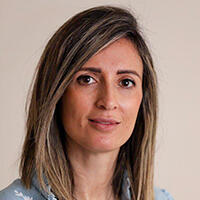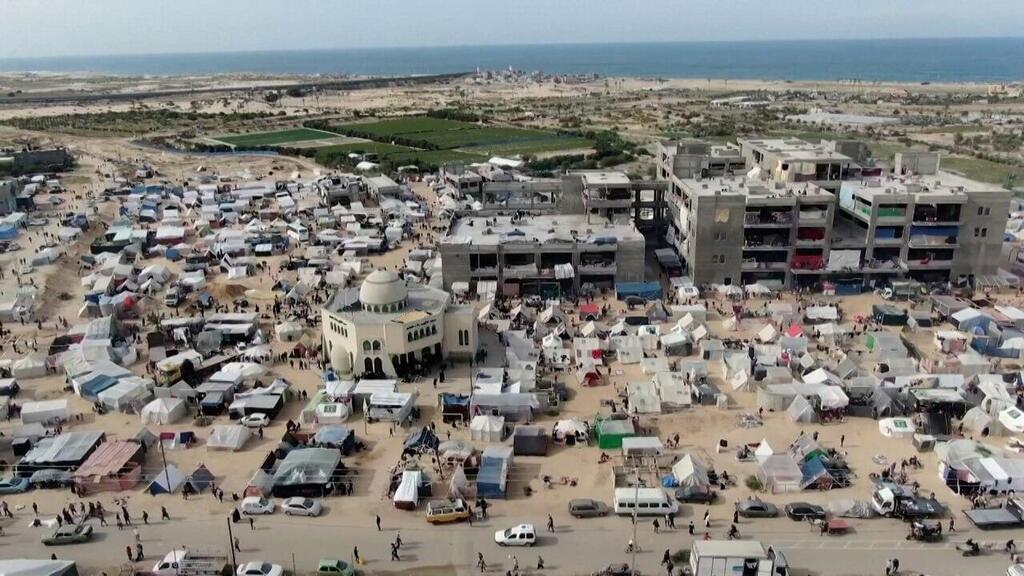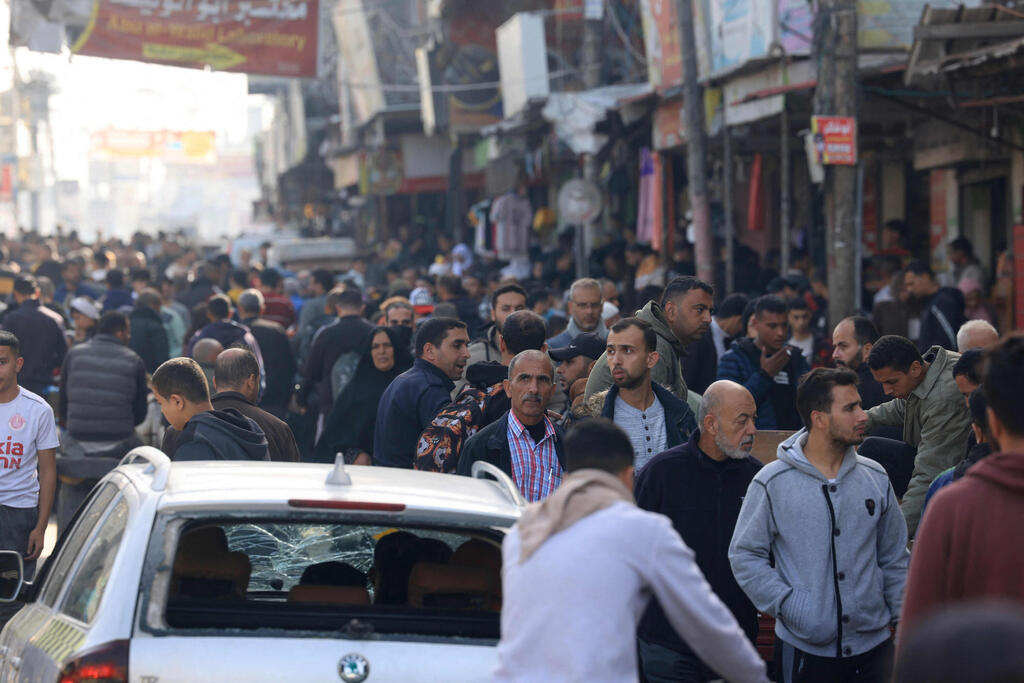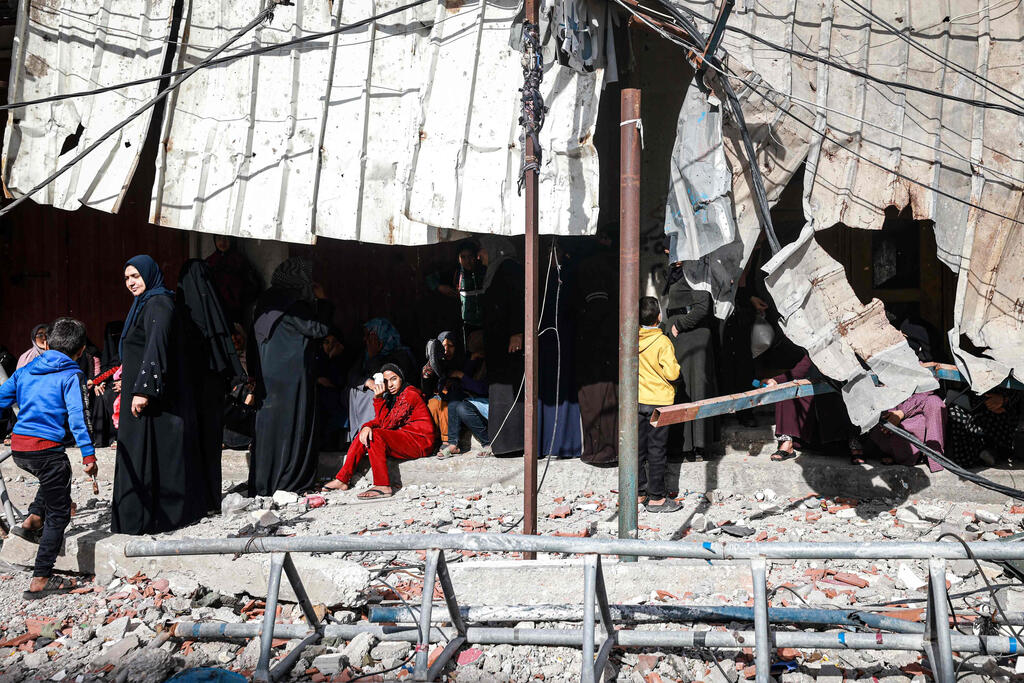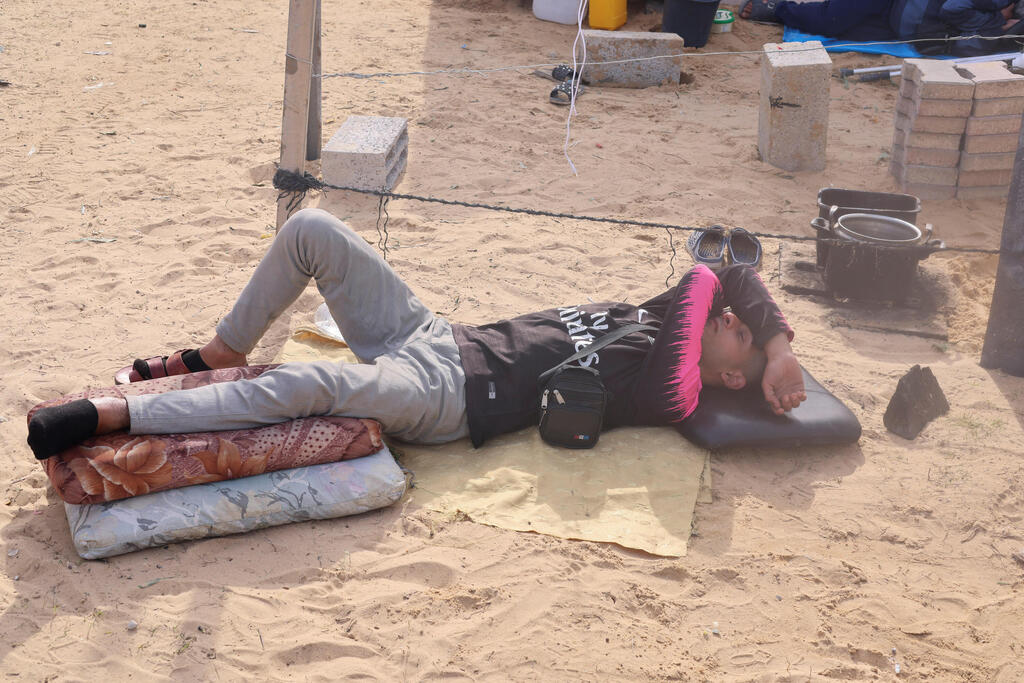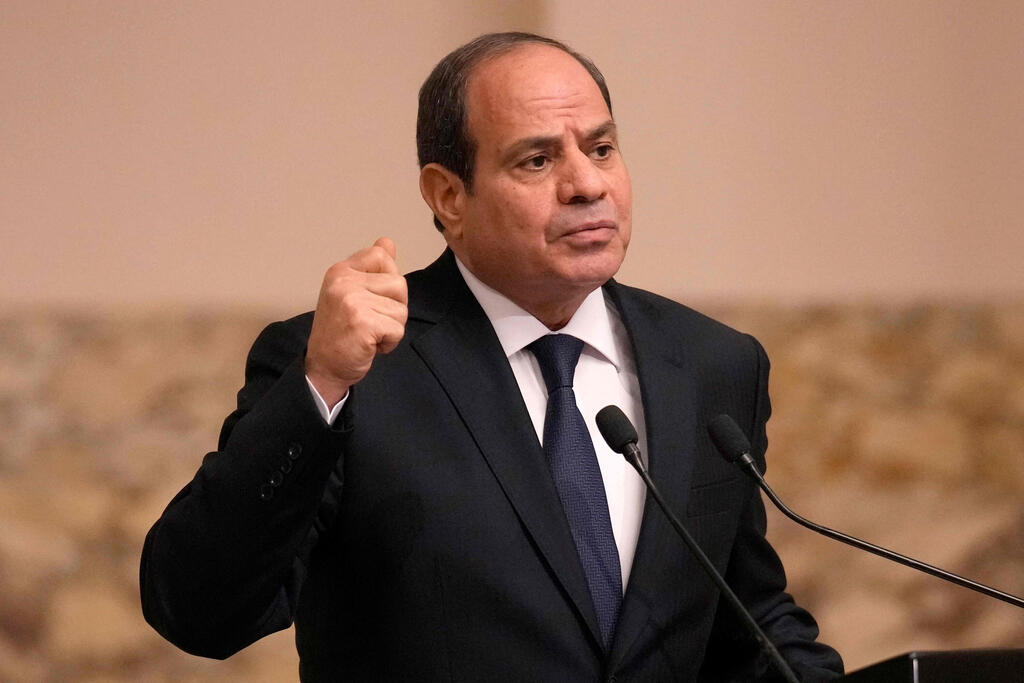Aerial view of Rafah
(Video: Reuters)
On other days, Rafah, Gaza’s southernmost point, is deserted, counting only 280,000 residents. Recently, amid the arrival of Gazan refugees, the number has increased by an additional 470,000 people. The UN is concerned that within a short time, it may host hundreds of thousands more refugees and may absorb more than a million Gazans, half of the overall population which currently numbers around 2.2 million.
More stories:
Rafah, which has turned into a safe haven since the outset of the war, is located between Khan Yunis and Egypt — which ignores all warnings and repeatedly clarifies that it won’t allow refugees into its territory. A tent complex was established in the area, and it’s difficult to estimate the exact number of refugees who have already arrived there.
As the IDF’s ground operation in the Strip deepens, more and more Gazans are moving southward. The military maintains ambiguity regarding the continuation of the ground operation, and in response to the Wall Street Journal's question asking whether forces will also reach Rafah, the military responded, "We don’t comment on future plans."
Meanwhile, rental fees for an apartment in the area skyrocketed, rising from $100 to around $5,000. The options for the new refugees flowing into the city in recent days aren’t extensive. Some of them are setting up tents, while others try to create shelter in empty lots.
Hamed Al-Amoudi, a 45-year-old resident of northern Gaza who has moved southward is feeling lost. In an interview with Al-Jazeera, he mentioned deciding to set up a tent in the yard of a school in Rafah, even though he was told to leave when attempting to take refuge there.
"Where will I take my family?" he asked. "The density in Rafah is tough to handle." He wants to return to his home but understands that it will take time. "We’re tired, and the world watches us die from bombings or diseases."
The UN is also concerned about the situation in Gaza. A UNRWA spokesperson claims that the rate of gastrointestinal diseases in the Gazan population has increased fourfold, skin diseases have increased threefold, and about 170,000 children suffer from respiratory diseases since the war against Hamas began. "Due to the overcrowding and poor sanitary conditions in UNRWA shelters, significant increases in the number of infectious diseases have been recorded."
Rafah’s emergency committee has decided to relocate the "new" refugees to hospital complexes currently under construction in the western part of the city, and the Rafah municipality is opening mosques for women, children, and the elderly.
In a statement published by the UN Office for the Coordination of Humanitarian Affairs, it was said, "Considering that shelters in the city of Rafah have significantly exceeded their capacity, most of the new refugees who arrived at the city settled in the streets and empty lots, where they set up tents and temporary shelters."
Ratiba Hamouda, a resident of Khan Younis, also arrived in Rafah with her son, who, according to her, suffers from anxiety attacks due to IDF strikes: "We have nothing here, but at least there no bombing take place."
Another refugee added, "There’s a shortage in everything here. There’s barely any food, water, and basic supplies, but at least it's a shelter that can be a temporary solution for us. It's tough, but we have no choice. It's better than dying at home."
Dr. Marwan Al-Hams, the head of Rafah’s health emergency committee, described the situation as "worrying" and said that Rafah is a "disaster-stricken city." According to him, "The density in schools, public institutions, and residential buildings indicates a health crisis, and we don’t have the capabilities to deal with this disaster."
Dr. Rami Abdou, head of the Euro-Med Human Rights Monitor, said, "The camps are about 500 meters away from the Egyptian border. Hundreds of thousands of refugees are arriving in the Rafah area, they have no choice." Cairo recently raised concerns about the illegal immigration of Gazans into its territory, and Egypt currently has no intention of accommodating them.
Hundreds of refugees are trying nonetheless, moving closer to the Kerem Shalom border crossing, hoping that someone will open the gate for them. However, as mentioned, the Egyptians show no signs of accepting large numbers of refugees. Egyptian nationals in the Strip are also stuck there, unable to return home.
The UN is now hoping that humanitarian aid will be allowed through the Kerem Shalom crossing, which was closed on October 7. International bodies are already calling on Israel to open the crossing to ensure that additional aid reaches the Strip.



